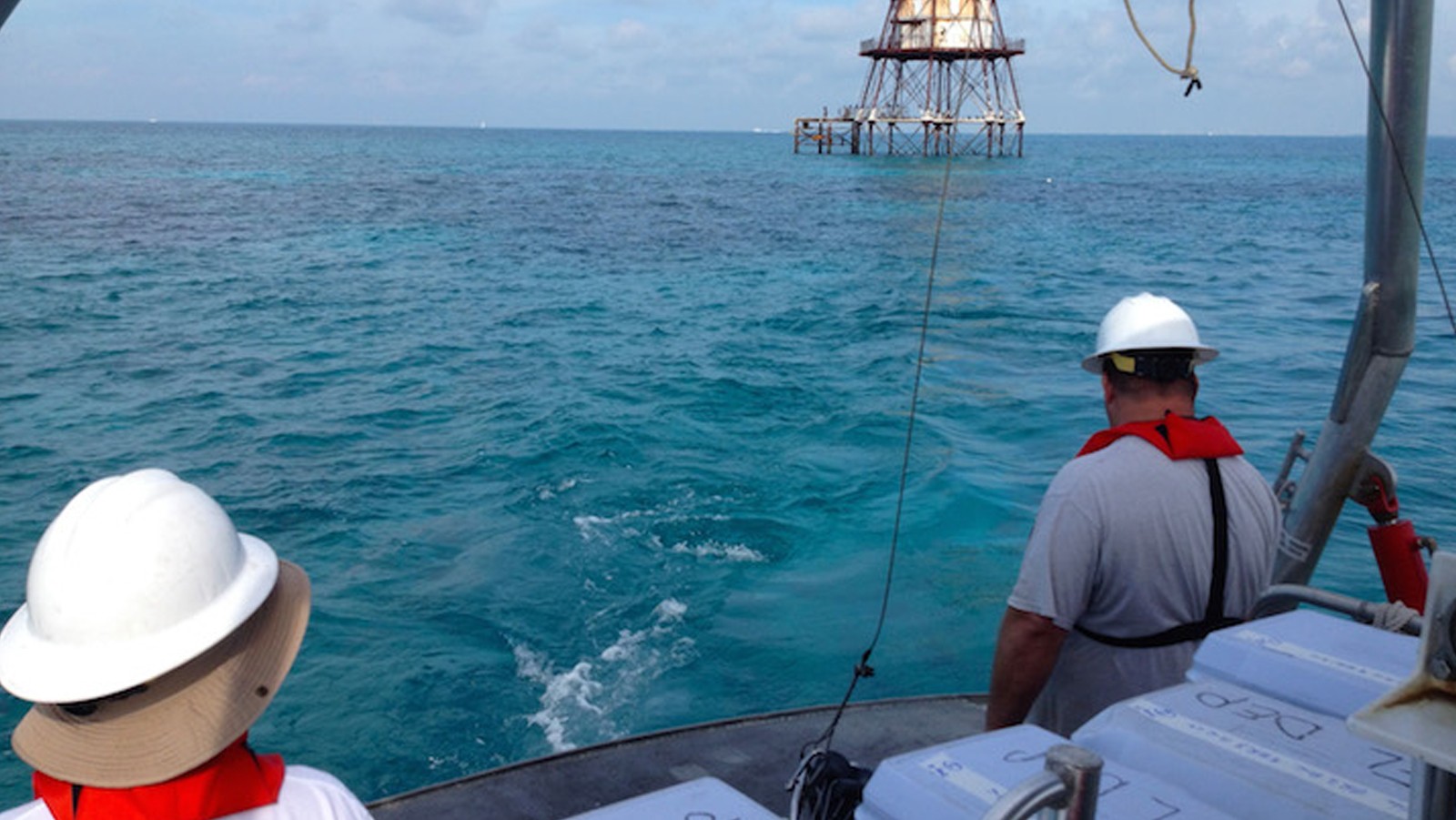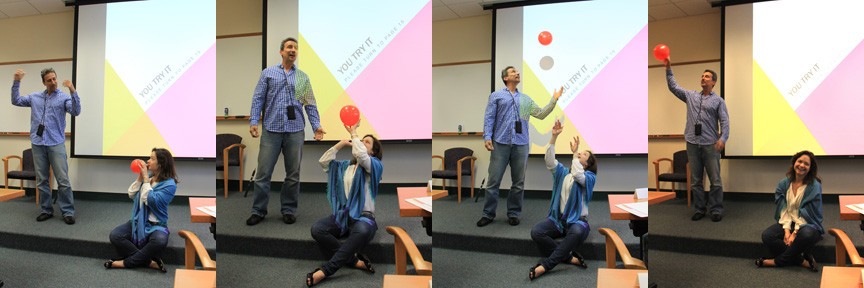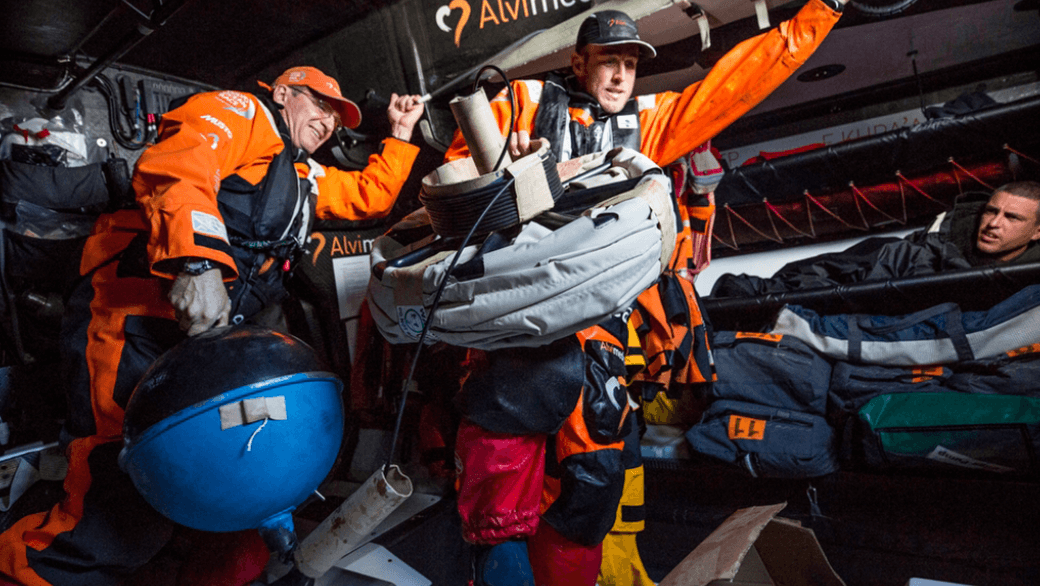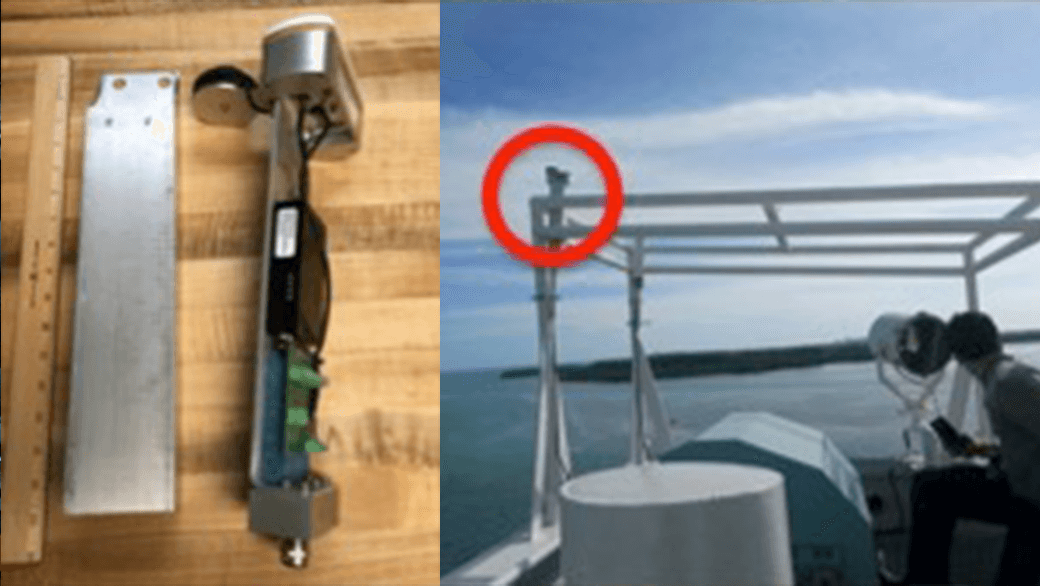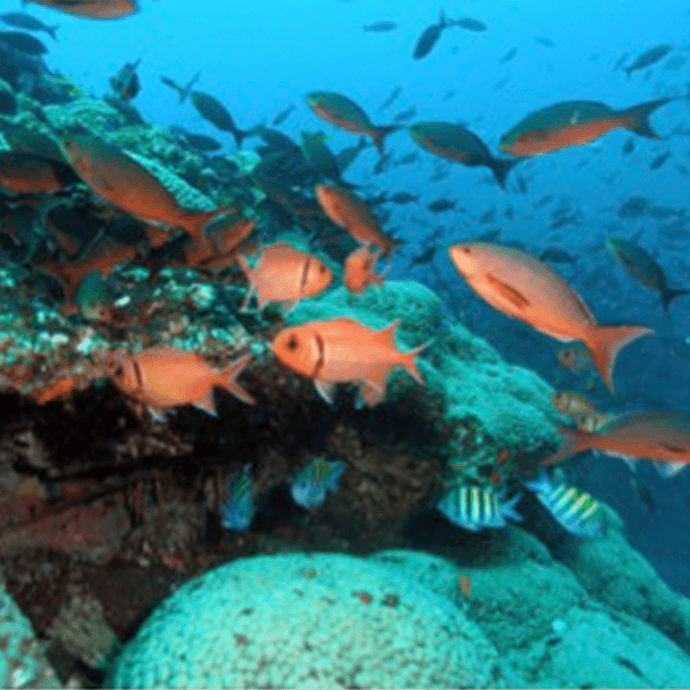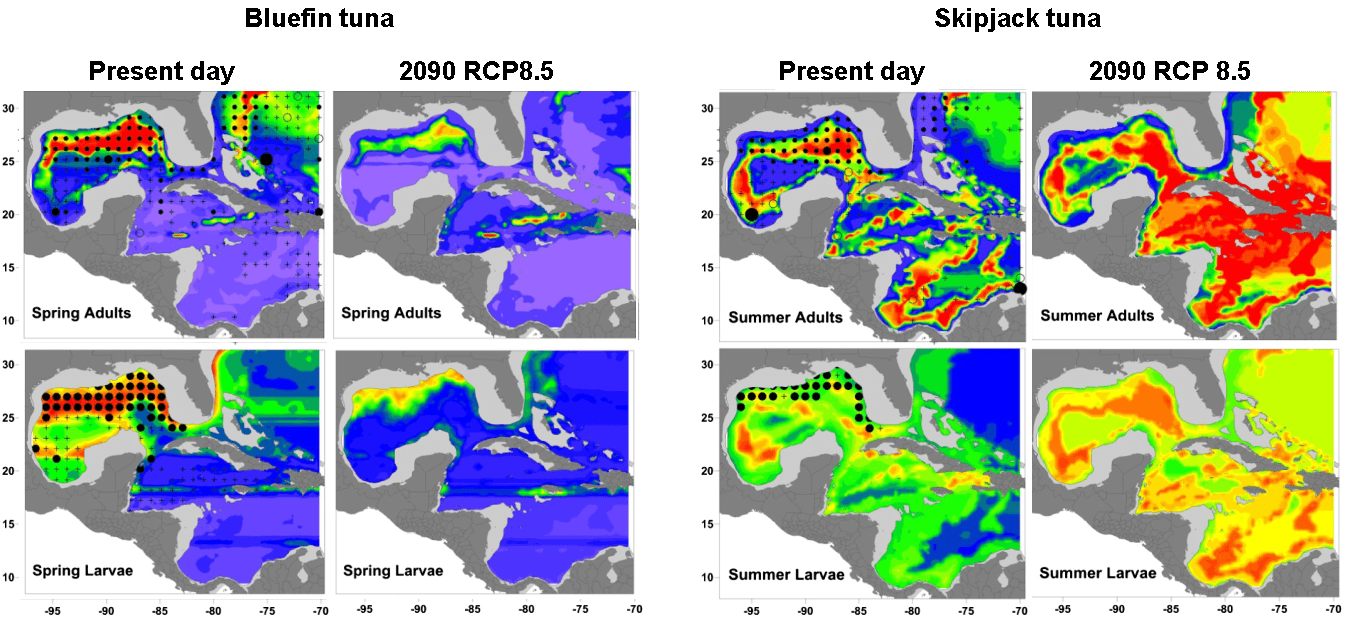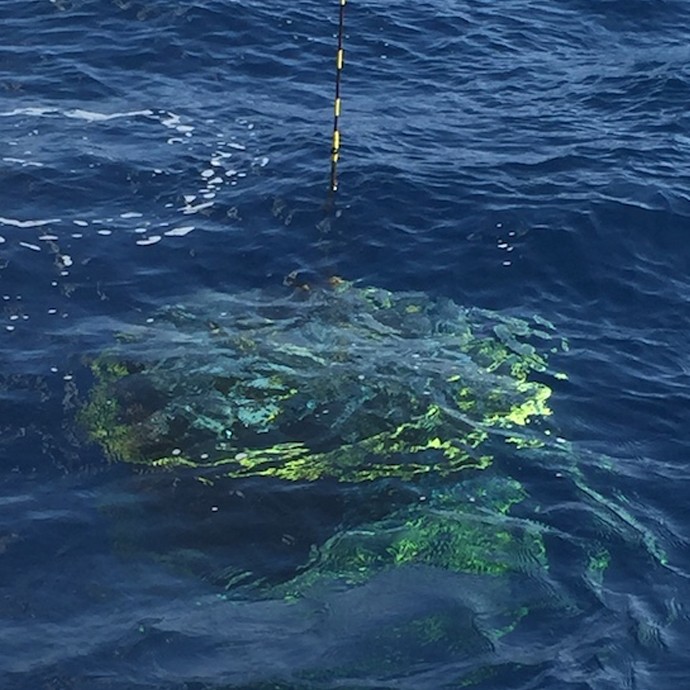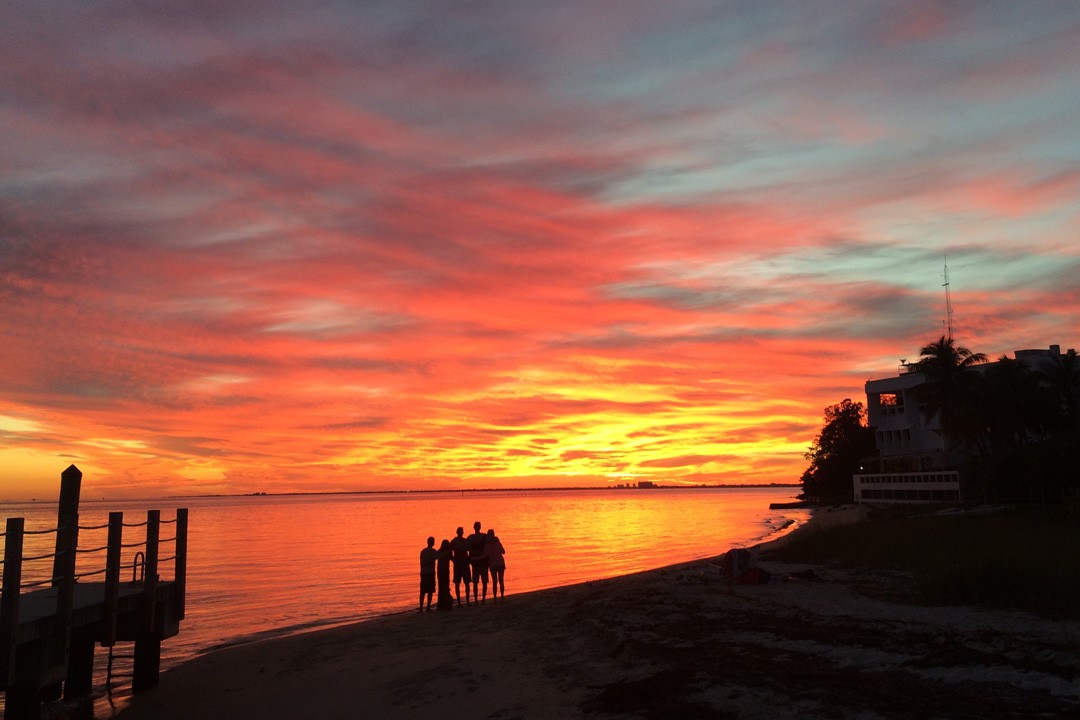Numeric Nutrient Criteria Study Cruise
AOML scientists conducted a Numeric Nutrient Criteria Study cruise Wednesday and Thursday, March 18-19th in Biscayne Bay off of Broward and Miami-Dade Counties aboard the NOAA R/V Hildebrand. The study provides concurrent water column and coral reef status data for four coral assemblies off of Miami-Dade and Broward County. These results will be employed by the Florida Department of Environmental Protection to determine numeric nutrient criteria for the coastal waters of Southeast Florida.
